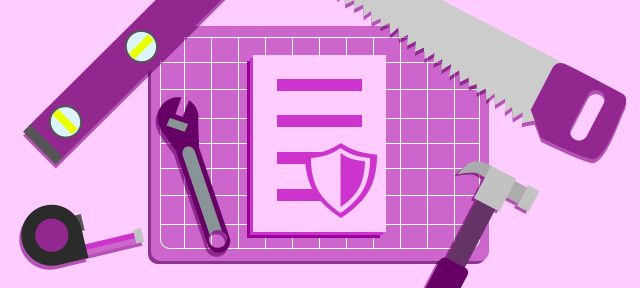Britain’s exit from the European Union is affecting how people in the UK have to run their businesses. Some businesses have been greatly affected whilst others remain largely unchanged. Within the sphere of new product design there are some changes required, for now the new requirements are not far reaching and should be easy for most businesses to comply with. Part of these new requirements is UKCA marking.
The UKCA mark applies to most goods that previously required a CE mark. Currently technical requirements for the standards remain the same. For example, products are still subject to GPSR and, as before operate on the understanding that any product must be safe for intended use. If there is legislation specific to the type of product then this should take president. For example, both Toys and Electrical Equipment still have their own standard. These were previously referred to as “harmonised standards” from the EU but are now termed as “designated standards” and are published by the UK government.
UKCA marking came into effect on 1 January 2021. However, to allow businesses time to adjust to the new requirements, businesses will still be able to use the CE marking until 1st January 2022 in most cases. At the start of 2022 the UKCA marking must be present at least as a label affixed to the product or an accompanying document. And then from 1st Jan 2023 UKCA marking must be permanently attached to the product.
This does not apply to existing stock, for example if your goods were fully manufactured, CE marked and ready to place on the market before 1 January 2021. In these cases, your goods can still be sold in Britain with a CE marking.
There are however some cases when businesses need to apply the new UKCA marking to goods being sold in Great Britain immediately from 1 January 2021. When asked for clarification on which goods have this requirement the government Goods Regulation Team advised the following:
“You will need to use the new UKCA marking immediately if all the following apply to your product:
• it is for the market in Great Britain
• it is covered by legislation which requires the UKCA marking
• it requires mandatory third-party conformity assessment
• if conformity assessment has been carried out by a UK conformity assessment body and you haven’t transferred your conformity assessment files from your UK body to an EU recognised body before 1 January 2021”
As well as the marking of products there are some changes to third party test house certification, record keeping and declarations of conformity.
Sated Design’s recommendation during this transition period is that it would be best to exercise an early awareness of CE and UKCA for your project. Consult a third-party test house who are established Notified Bodies in both the UK and EU, and who specialise in the particular area of standards, compliance and certification your project requires. This will help make sure the most efficient route to compliance is adhered to.
Sharing










